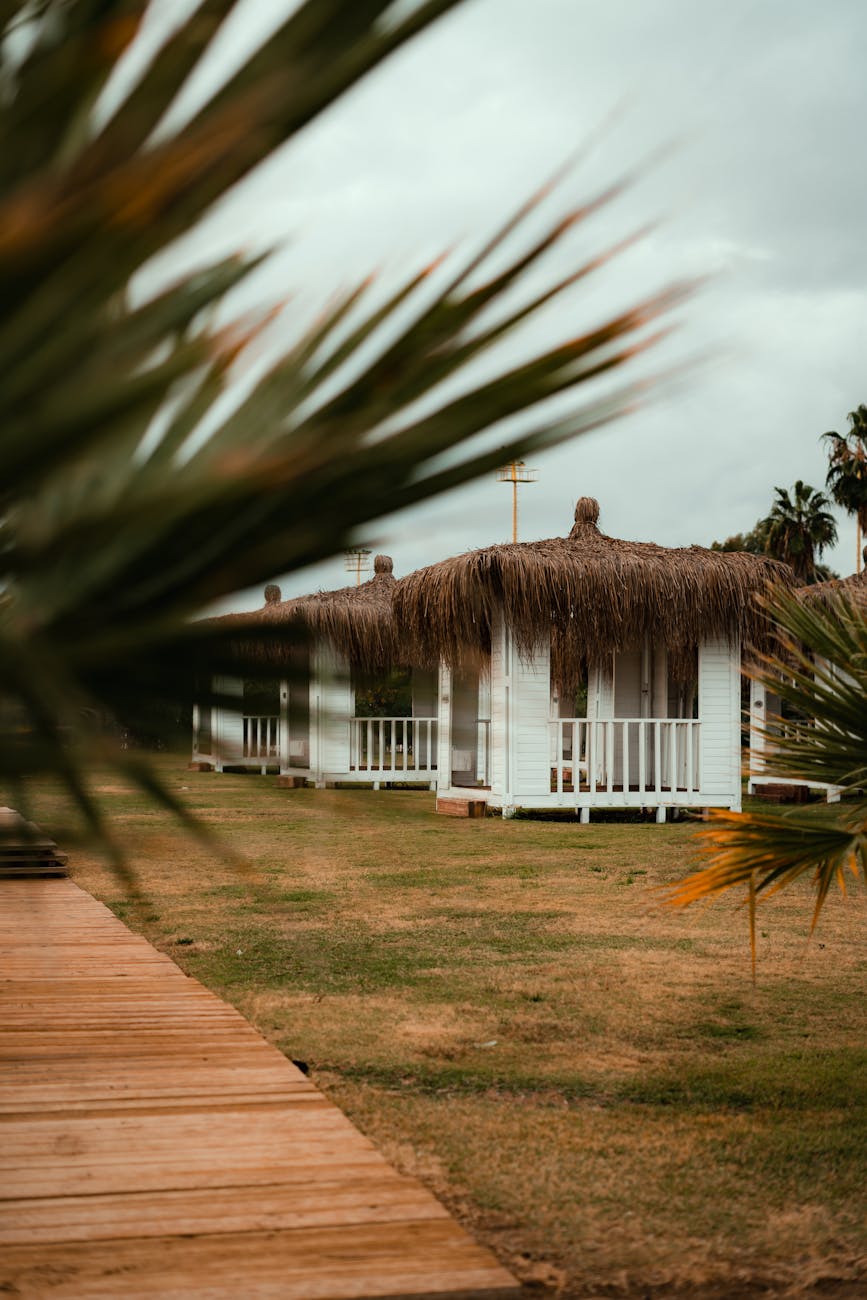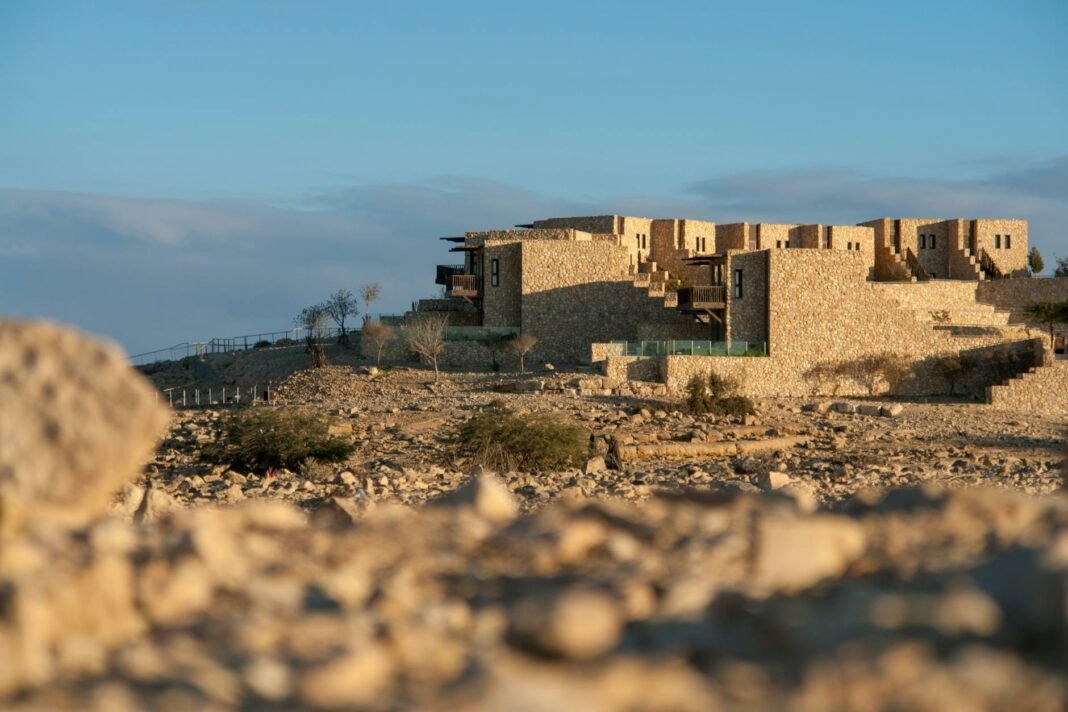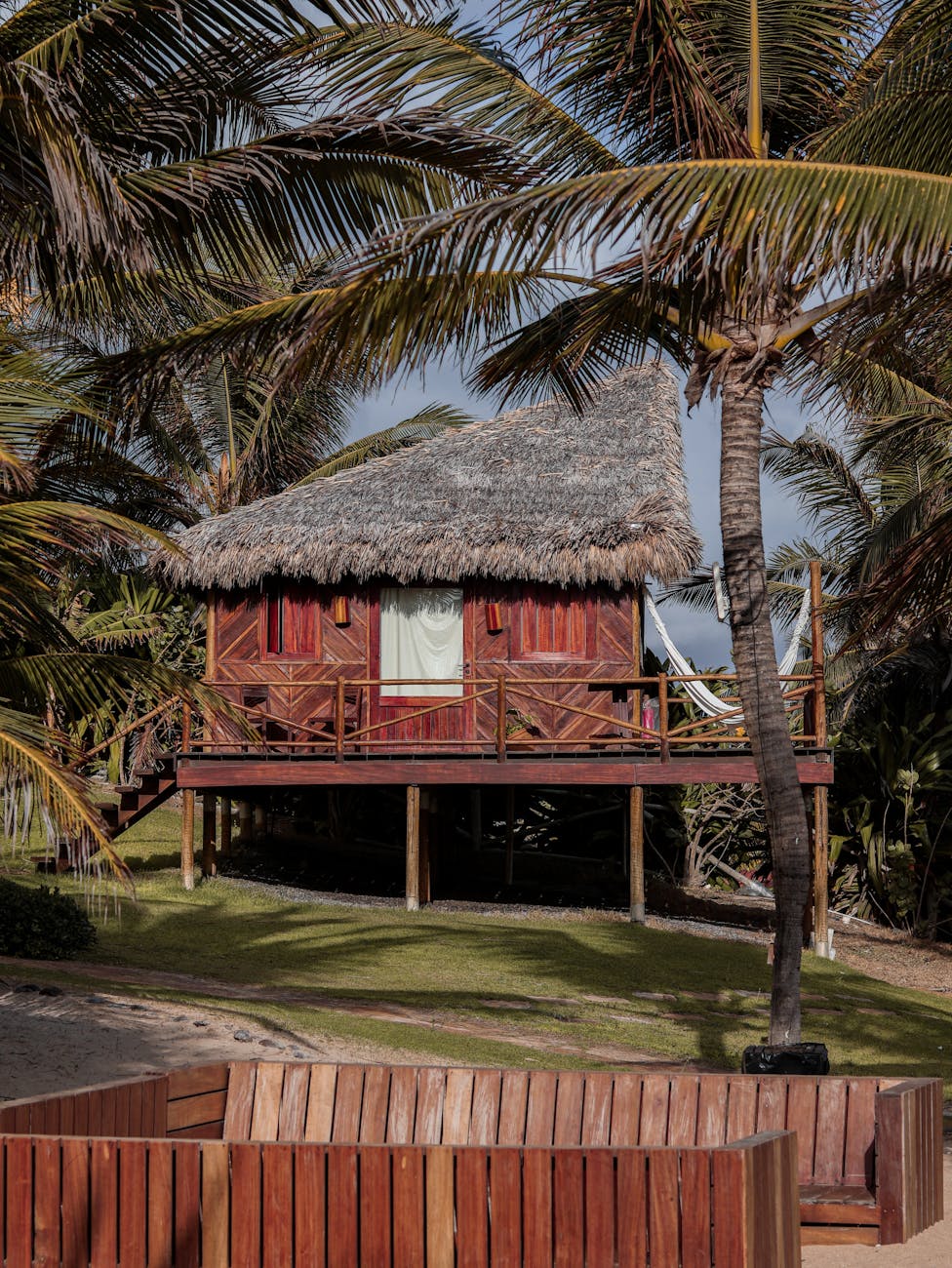When planning the ultimate golf getaway, many enthusiasts envision pristine courses, beautiful landscapes, and the thrill of sinking a long putt. However, as you dream about driving ranges, sunlit fairways, and juicy on-course lunches, have you stopped to consider the environmental impact your idyllic trip might be inflicting on our planet? After all, endless rounds of golf and picturesque vacations often come at a significant ecological cost.
This blog post dives into the various ways a dream golf vacation can inadvertently harm the environment, and more importantly, how you can strike a balance between your passion for the game and a commitment to sustainability. From water usage to pesticide application on courses, you may be surprised to discover the hidden costs associated with those beautifully manicured greens. Let’s explore how to enjoy a wonderful golf experience while also taking care of Mother Earth.
- Understanding Golf Course Management
- The Environmental Footprint of Golf
- Travel Considerations for Golfers
- Eco-Friendly Alternatives
- Shifting Perspectives: Embracing Sustainable Practices
- Call to Action for Golf Enthusiasts
Golf courses are designed to be lush and inviting, often requiring a staggering amount of resources to maintain their beauty. From irrigation systems that consume thousands of gallons of water to extensive fertilization processes that can deplete local soils, the management of these landscapes can significantly impact the surrounding ecosystem. The reality is, each blade of grass meticulously trimmed is a small part of a larger equation that affects the environment. Moreover, many golf facilities rely heavily on chemical treatments for pest control, leading to soil and water contamination that can have lasting implications on local flora and fauna.
In addition, the biodiversity around golf courses may sometimes be at risk. Native species can be overshadowed by the introduction of non-native plant varieties used to enhance the visual appeal. Striking a balance between maintaining vibrant greens for golfers while fostering local wildlife may seem challenging, but it is crucial. Awareness and understanding of these practices can help golfers choose courses that prioritize sustainability, ultimately leading to a healthier environment for all.
The environmental footprint of golf extends far beyond the fairways. When we consider the carbon emissions associated with both travel to a destination and maintaining golf courses, the numbers can be quite staggering. Air travel, in particular, contributes significantly to greenhouse gas emissions. Many golf enthusiasts opt for exotic locations worldwide; however, the joy of playing at a beautiful resort may come with environmental consequences, including fuel consumption and ecological disruption native to those areas.
Furthermore, the resources required to construct a new golf course—typically featuring extensive earthworks and drainage—can lead to habitat destruction, increased runoff, and changes in land use that take decades to reverse. The realization that your golf experience may inadvertently harm delicate ecosystems can be disheartening. As the golf industry continues to grow, it becomes increasingly vital to acknowledge and address these environmental concerns head-on.
Your travel choices play a significant role in the sustainability of your golf vacation. Opting for destinations closer to home may reduce your carbon footprint substantially. Additionally, consider the mode of transportation. While flying might seem like a quick fix, carpooling or even taking the scenic route can lessen the impact of travel on the environment. The truth is that a little forethought can go a long way in minimizing your ecological impact while maximizing enjoyment on the course.
<pMoreover, choosing accommodations that prioritize sustainability is paramount. Many hotels and resorts are adopting environmentally friendly practices such as reducing energy consumption, minimizing waste, and sourcing local produce. By supporting businesses that prioritize eco-awareness, you not only enhance your travel experience but also contribute to a broader movement towards sustainability in the tourism sector. Making conscious selections can truly make a difference in creating a greener golfing experience.
Fortunately, there are many eco-friendly alternatives for the environmentally conscious golfer. For instance, playing at courses that practice water conservation techniques, use natural fertilizers, and prioritize native landscaping can help preserve local ecosystems. Additionally, golf courses that have embraced organic practices demonstrate that a beautiful course doesn’t need synthetic chemicals to thrive. Support these initiatives and spread the word about environmentally friendly golf courses—every effort counts!
Moreover, various golf products on the market are designed with sustainability in mind. From biodegradable tees to apparel made from recycled materials, there are countless ways to enjoy golf without compromising your values. Even your choice of golf balls can have an impact; many brands now offer eco-conscious alternatives that reduce environmental harm. By choosing sustainably, players can feel good about their purchases while engaging in a sport they love.
Listener education and shifting perspectives within the golfing community are essential for the long-term sustainability of the sport. Golfers can lead by example, advocating for more sustainable practices and encouraging course management to adopt greener alternatives. When golfers express their desires and concerns, it creates a ripple effect, influencing decisions within the industry. Those small, collective voices can lead to monumental changes if directed toward sustainability.
<pFurthermore, establishing a sense of community around sustainable practices allows golfers to connect in meaningful ways. Engage in conversations about eco-friendly golfing experiences, and participate in forums or events that focus on conservation efforts. Ultimately, awareness fosters action, empowering every golfer to make a lasting impact on the course and beyond. Identifying a shared goal will inspire ongoing efforts in preserving the game for generations to come.
The responsibility of protecting our planet starts with each of us, and golfers are no exception. As you plan your next golfing vacation, reflect on the choices you make and their potential consequences. Dive into research about the courses you frequent, and seek out properties that align with your eco-friendly values. By actively participating in sustainable golfing practices, you contribute to a larger movement of responsible tourism, ensuring future generations can also enjoy the beauty of the game amidst thriving natural landscapes.
Encourage your fellow golfers to adopt sustainable habits as well. Share your findings on social media, engage in discussions at the clubhouse, and inspire others to follow suit. Remember, every small change can create a snowball effect toward a more sustainable future. Together, golfers can help redefine the game into a sport that not only uplifts players but also nurtures the planet.
In embarking on this journey toward sustainability, it is essential to recognize that no action is too small. Start with incremental changes that resonate with your lifestyle and values. Select a few eco-friendly products, choose local courses that adhere to sustainable practices, or engage in community discussions on the importance of preserving natural resources. Every conscious decision cultivates a positive impact on both the golfing experience and the environment.
Ultimately, this movement encourages golfers to be proactive stewards of the land they cherish. By uniting in a shared commitment to sustainable golfing, enthusiasts can leave a legacy of beautiful landscapes and healthy courses for future generations. Remember, with every swing, our choices resonate beyond the green. Together, let’s pave the way for eco-friendly golfing while enjoying the sport we love.
What are some signs of an eco-friendly golf course?
Look for courses that use native plants, implement water-saving irrigation techniques, and actively minimize pesticide use. These courses often prioritize sustainability.
How can I make my golf game more environmentally friendly?
Simple steps include using biodegradable tees, choosing eco-conscious apparel, and supporting courses that follow sustainable practices. Every action counts in promoting an eco-friendly sport.
Is there a difference between traditional and sustainable golfing experiences?
Yes, sustainable experiences prioritize environmental stewardship and local ecosystems, while traditional approaches often focus solely on aesthetics, potentially harming the environment in the process.
Image Credit: Pexels





